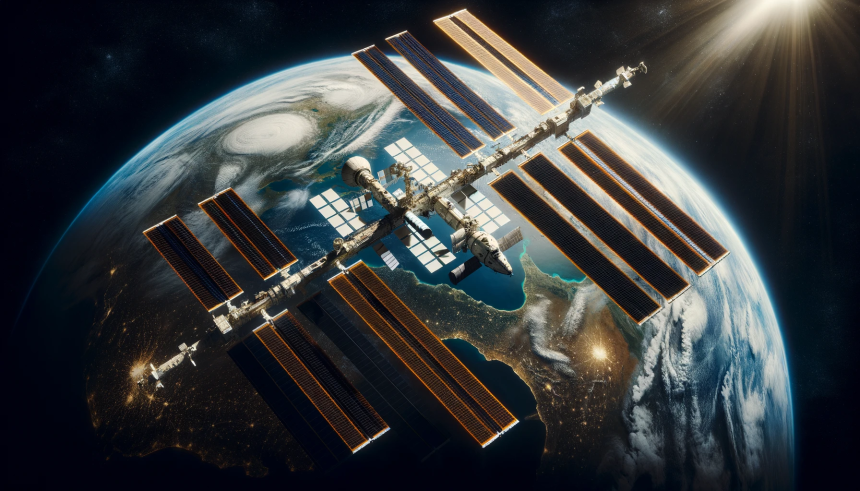NASA is gearing up for an important step in its Commercial Crew Program with the upcoming launch of the Boeing Crew Flight Test. NASA astronauts Butch Wilmore and Suni Williams will board the Boeing Starliner spacecraft, which is set to launch atop a United Launch Alliance Atlas V rocket. The mission aims to certify the Starliner as a reliable transportation system to and from the International Space Station (ISS), marking a significant milestone in boosting NASA’s capability for human spaceflight from U.S. soil.
The Starliner spacecraft, developed by Boeing, is designed to transport crew to the ISS and back. Unveiled in 2010, it aims to provide safe, cost-effective, and reliable access to low-Earth orbit. The spacecraft underwent multiple tests to ensure its readiness for human spaceflight, including a successful uncrewed orbital flight test in December 2019, and a requalification mission in May 2022. Starliner represents a critical component of NASA’s partnership with private industry to advance space exploration.
NASA’s previous attempts to certify new transportation systems for the ISS have seen both triumphs and challenges. The first uncrewed orbital flight test of Starliner in 2019 faced software issues that prevented it from docking with the ISS. This incident led to a thorough review and subsequent requalification flights to rectify the problems. By comparison, SpaceX’s Crew Dragon faced fewer hurdles and became certified for crew missions faster, already completing several successful missions to the ISS.
Comparing these developments, the Starliner program highlights the complexities and high stakes involved in human spaceflight certification. While SpaceX’s Crew Dragon has established a commendable track record, the upcoming Starliner mission will demonstrate whether Boeing’s solution can meet NASA’s stringent safety and reliability standards. This dual-provider approach by NASA ensures redundancy and competition, promoting innovation and cost savings in the space sector.
Mission Details and Coverage
The ULA Atlas V rocket carrying the Starliner spacecraft is scheduled to launch from the Cape Canaveral Space Force Station in Florida at 10:52 a.m. EDT on June 5. Upon reaching the ISS, the spacecraft will dock with the Harmony module’s forward-facing port around 12:15 p.m. EDT on June 6. Wilmore and Williams will conduct tests on Starliner’s systems during their week-long stay at the ISS, providing vital data required for its final certification.
Key Takeaways
– The mission is a crucial step for certifying Starliner for operational ISS missions.
– This dual-provider strategy ensures robust access to the ISS.
– NASA will provide comprehensive live coverage of the mission activities across its media channels.
Extensive pre-launch and post-launch coverage will be available on multiple NASA platforms, including NASA TV, NASA+, and the agency’s website. This comprehensive coverage ensures that the public can follow every crucial moment of the mission, from launch preparation to the astronauts’ arrival at the ISS. The mission’s success could pave the way for more frequent and flexible crewed missions to the ISS, enhancing scientific research and international cooperation in space.










